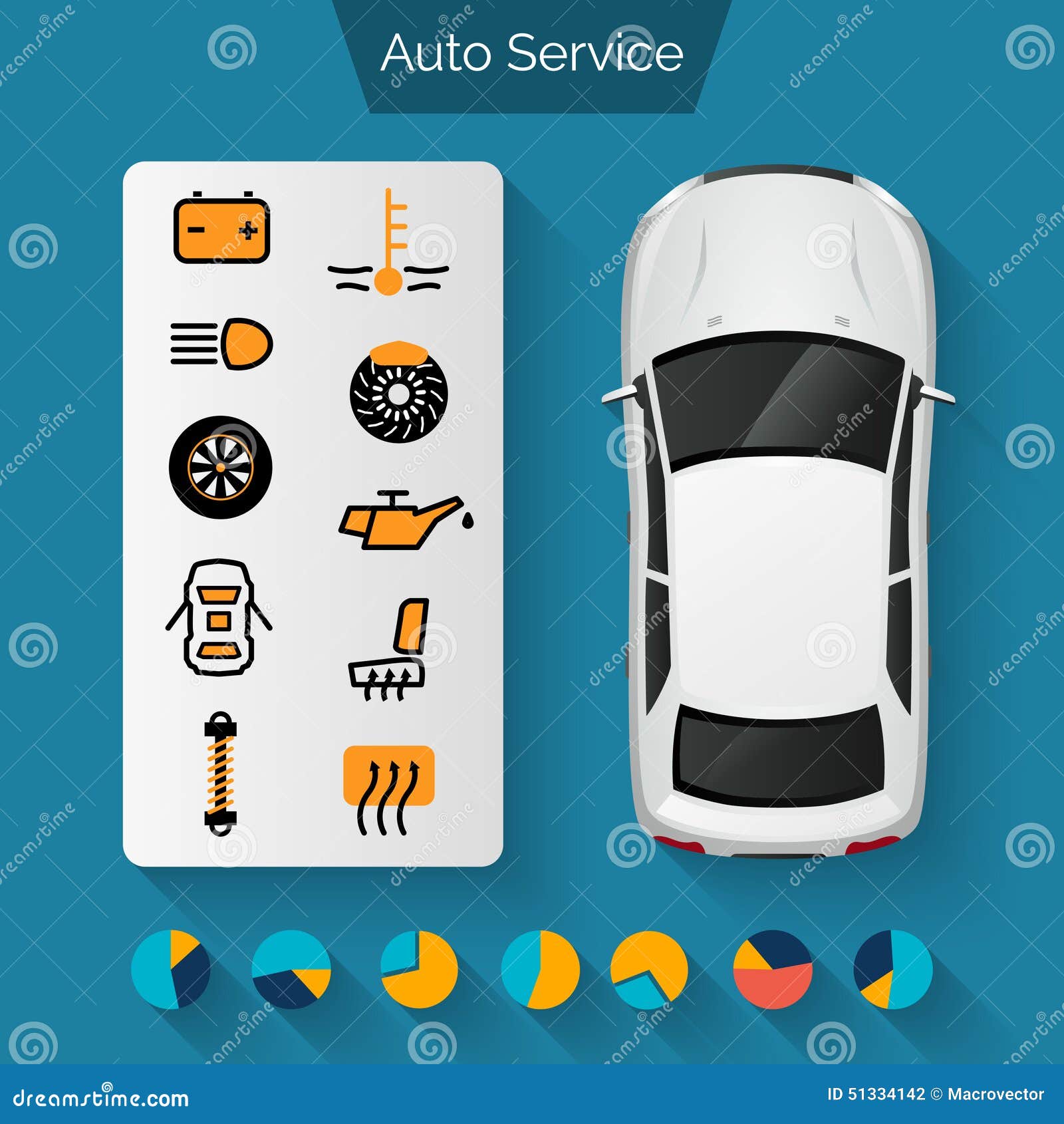Understanding The Significance Behind Your Automobile'S Caution Lights: An In-Depth Look
Understanding The Significance Behind Your Automobile'S Caution Lights: An In-Depth Look
Blog Article
Developed By-Termansen Kejser
When you're behind the wheel, those glowing caution lights on your control panel can be a bit bewildering. Do you understand what they're trying to tell you about your auto's health? Comprehending the importance of these lights is essential for your security and the durability of your vehicle. So, the following time one of those lights turns up, would not you intend to decipher its message precisely and take the essential actions to resolve it?
Common Caution Lighting and Interpretations
Identify typical warning lights in your car and understand their significances to make certain safe driving.
One of the most common caution lights include the check engine light, which signals problems with the engine or discharges system. If this light comes on, it's crucial to have your car checked quickly.
The oil stress alerting light indicates low oil pressure, needing immediate focus to avoid engine damage.
https://driverstrainingnearme41628.wizzardsblog.com/31180804/understanding-the-definition-behind-your-automobile-s-warning-lighting-an-in-depth-appearance blinking battery light might suggest a damaged billing system, potentially leaving you stranded otherwise resolved.
The tire pressure surveillance system (TPMS) light alerts you to reduced tire pressure, impacting automobile stability and fuel effectiveness. Ignoring this might lead to unsafe driving conditions.
The abdominal muscle light suggests an issue with the anti-lock stopping system, jeopardizing your ability to stop rapidly in emergency situations.
Lastly, the coolant temperature level alerting light warns of engine overheating, which can lead to severe damages if not settled swiftly.
Recognizing these common caution lights will certainly help you address problems promptly and maintain safe driving conditions.
Significance of Prompt Interest
Recognizing the typical caution lights in your vehicle is only the initial step; the significance of quickly dealing with these cautions can't be highlighted sufficient to guarantee your security on the road.
When a caution light illuminates on your dashboard, it's your auto's method of interacting a possible problem that needs focus. Overlooking these cautions can cause much more severe troubles down the road, compromising your safety and security and possibly costing you extra in repairs.
Trigger attention to warning lights can protect against malfunctions and crashes. For instance, a blinking check engine light might show a misfire that, if left neglected, might trigger damages to the catalytic converter. Resolving this immediately can save you from an expensive fixing.
Similarly, a brake system alerting light may signify low brake fluid or used brake pads, crucial elements for your safety when driving.
Do It Yourself Troubleshooting Tips
If you observe a warning light on your dashboard, there are a couple of do it yourself repairing ideas you can attempt before looking for professional assistance.
click the up coming site is to consult your auto's handbook to comprehend what the certain caution light suggests. Occasionally the concern can be as basic as a loose gas cap causing the check engine light. Tightening up the gas cap might deal with the problem.
An additional typical problem is a reduced battery, which can trigger numerous cautioning lights. Examining the battery connections for corrosion and guaranteeing they're protected may take care of the problem.
If a warning light continues, you can attempt resetting it by separating the cars and truck's battery for a couple of minutes and afterwards reconnecting it. Furthermore, examining your lorry's liquid levels, such as oil, coolant, and brake liquid, can aid fix alerting lights related to these systems.
Verdict
In conclusion, recognizing your cars and truck's warning lights is important for maintaining your automobile running smoothly and safely. By quickly dealing with these notifies and understanding what they suggest, you can avoid expensive fixings and possible failures.
Keep in mind to consult your cars and truck's handbook for specific information on each cautioning light and take action accordingly to make certain a hassle-free driving experience.
Stay educated, remain secure on the road!
